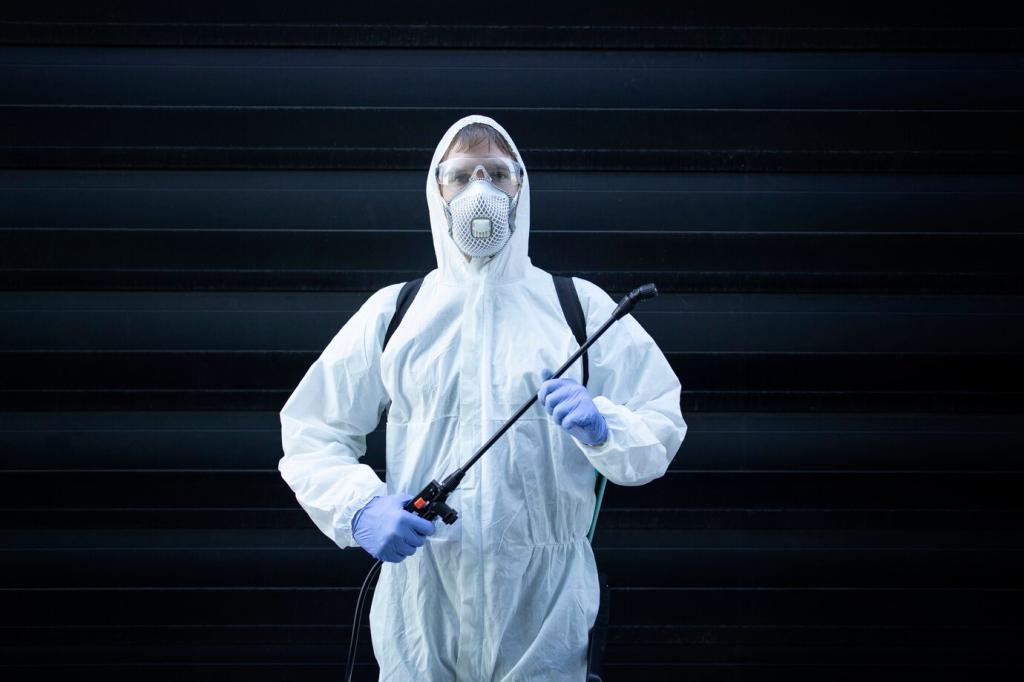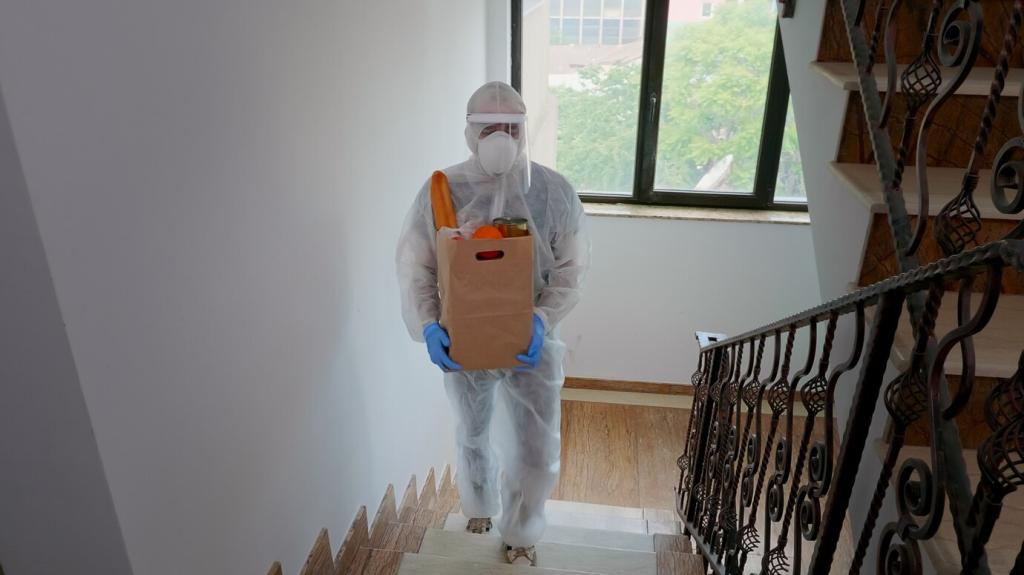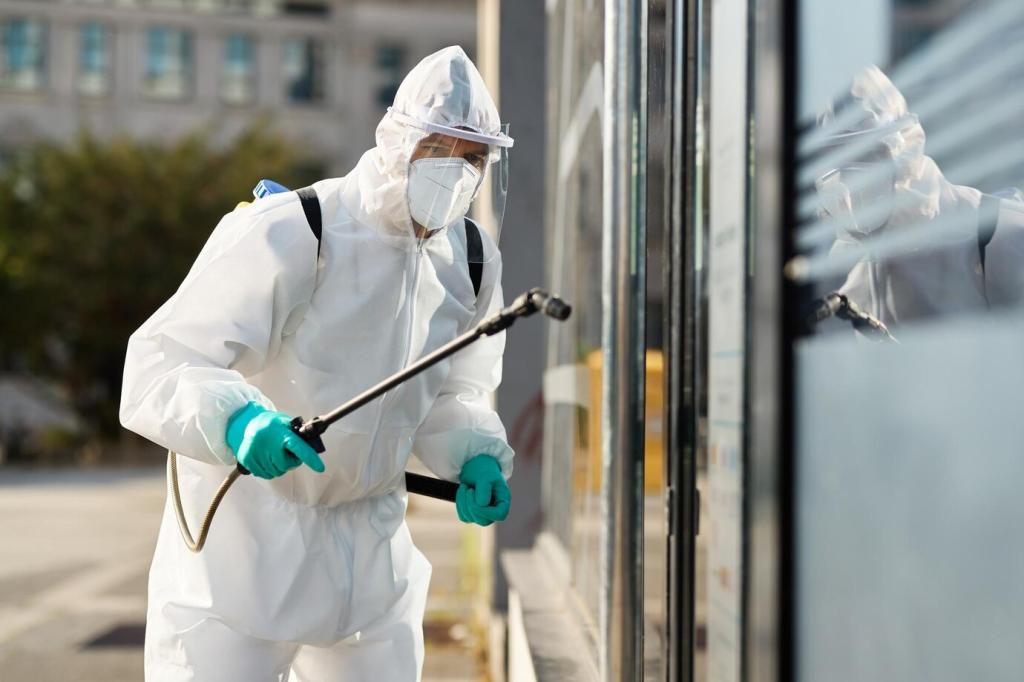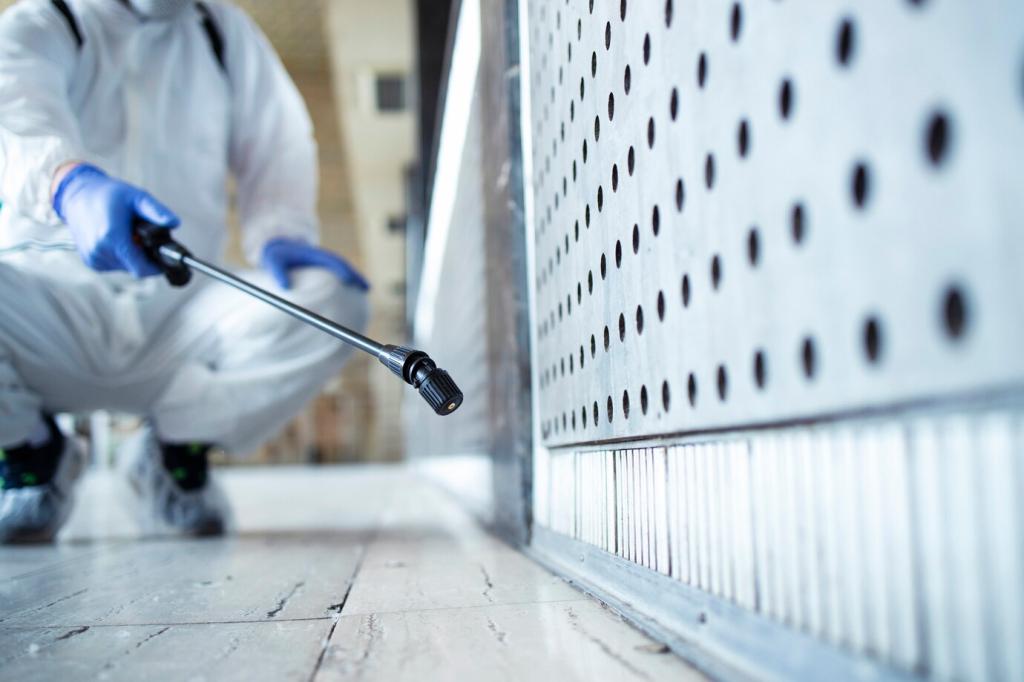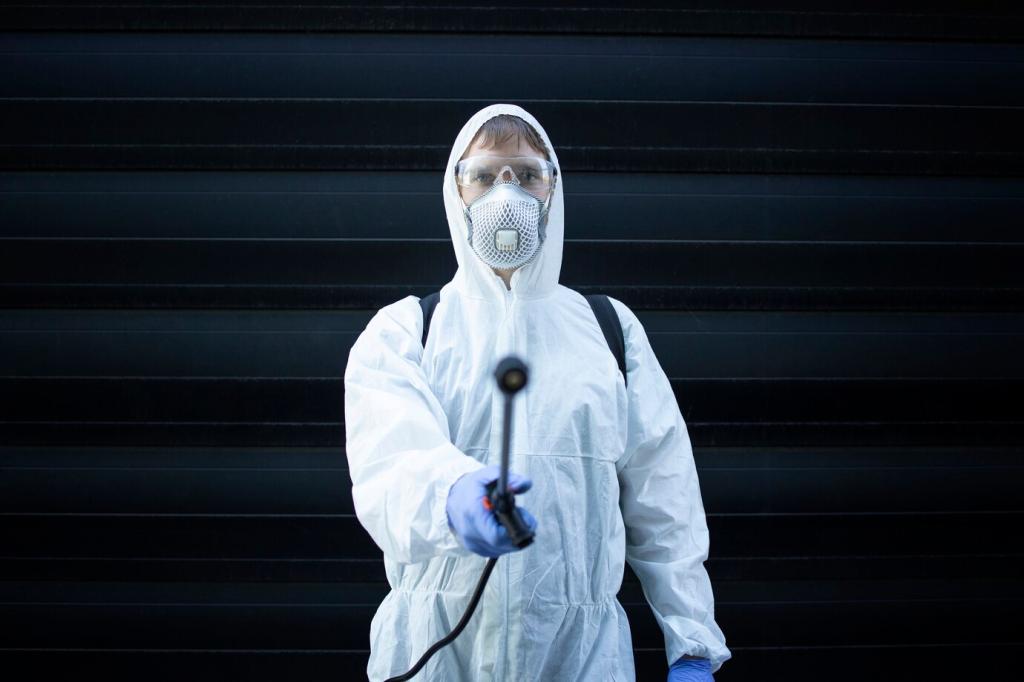Understanding the Lifecycle of Furniture-Infesting Insects
Chosen theme: Understanding the Lifecycle of Furniture-Infesting Insects. Welcome to a practical, story-rich deep dive into how insects move from egg to adult inside sofas, chairs, dressers, and heirlooms—and what that means for your home. Read on, share your experiences, and subscribe for ongoing lifecycle-led tips that help you protect the furniture you love.
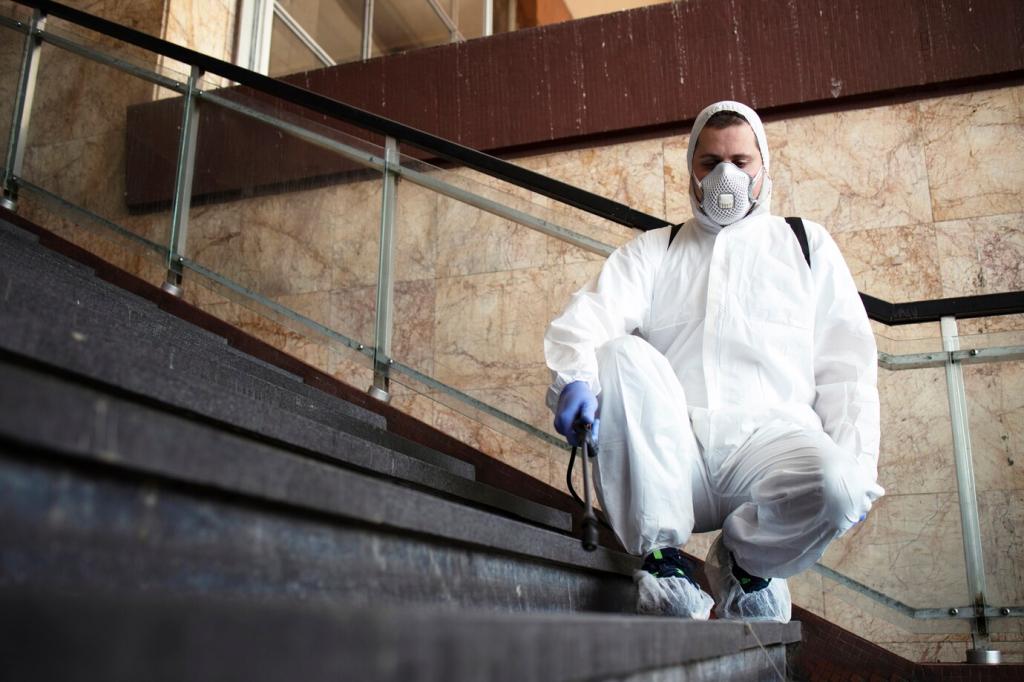
From Egg to Adult: How Furniture Becomes a Habitat
Gradual vs. complete metamorphosis in the living room
Some furniture-infesting insects develop gradually, like bed bugs and silverfish, moving from egg to nymph to adult with no pupal stage. Others, like carpet beetles and powderpost beetles, transform completely: egg, larva, pupa, adult. Knowing which process you face informs treatment timing, product choice, and realistic expectations for results.
Why furniture attracts different life stages
Eggs prefer protected seams and pores; larvae and nymphs seek steady food and shelter; adults roam, searching for mates and new sites. Upholstery seams, dust covers, drawer joints, and wood pores offer darkness, stability, and food sources such as adhesives, fibers, and microscopic residues. Each niche invites a specific stage to settle in.
A quick story: the humming dresser
A neighbor’s oak dresser seemed fine—until tiny pinholes and talc-like powder appeared along the bottom drawers. A gentle tap released more powder. The cause was powderpost beetle larvae quietly tunneling inside. Recognizing larval frass and exit holes early prevented deeper damage. Share your own furniture discovery stories to guide fellow readers.
Eggs Hidden in Seams and Pores

Where eggs are laid in furniture
Bed bugs glue pearly eggs into fabric seams and screw holes; powderpost beetles insert eggs into open wood pores or cracks; carpet beetles tuck them in dusty folds and under dust covers; drywood termites keep eggs deep within wood. These hidden microhabitats shelter vulnerable beginnings from cleaning, light, and abrupt temperature swings.
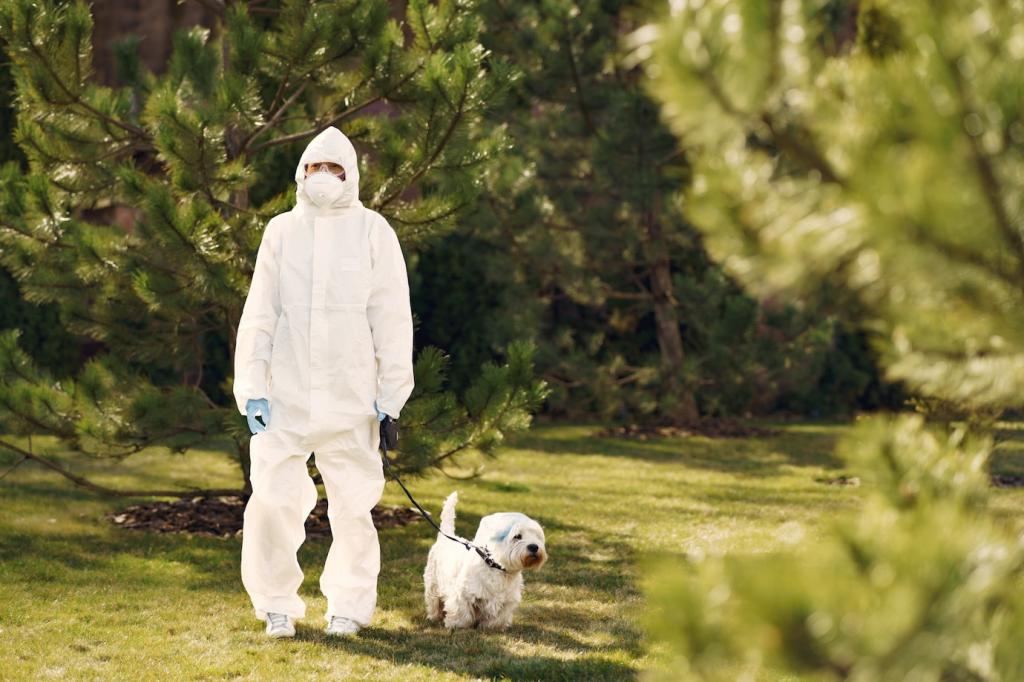
How long eggs take to hatch indoors
Indoors, warmer rooms hasten development. Bed bug eggs often hatch in about a week; some beetles take several weeks; termite eggs may take longer, tied to colony conditions. Humidity and temperature shift timelines subtly, which is why consistent climate control and routine inspection rhythms can reduce surprises across seasons.

Pre-emptive moves against eggs
Vacuum seams methodically with a crevice tool, steam along stitching lines, and heat-isolate small items in safe, controlled setups. For solid wood, sealing bare end grain and pores reduces oviposition opportunities for beetles. Document your steps, repeat weekly cycles, and subscribe for our upcoming checklist that maps actions to developmental timelines.
Larvae and Nymphs: The Stage That Does the Most Damage
Powderpost beetle larvae feed inside hardwoods, leaving silky, flour-like frass that trickles from pinholes. Development can take months to years, depending on wood moisture and temperature. Look for fresh frass under furniture feet and along drawer interiors. Early detection lets you isolate, treat, and preserve sentimental pieces before damage spreads invisibly.
Larvae and Nymphs: The Stage That Does the Most Damage
Larvae prefer natural fibers, pet hair, and lint trapped beneath cushions and dust covers. They shed bristly skins, leaving peppery specks near tufts and seams. People sometimes confuse mild larval rash with bites, delaying action. Regular lint removal and tight-weave encasements can starve larvae of resources without harsh chemicals.
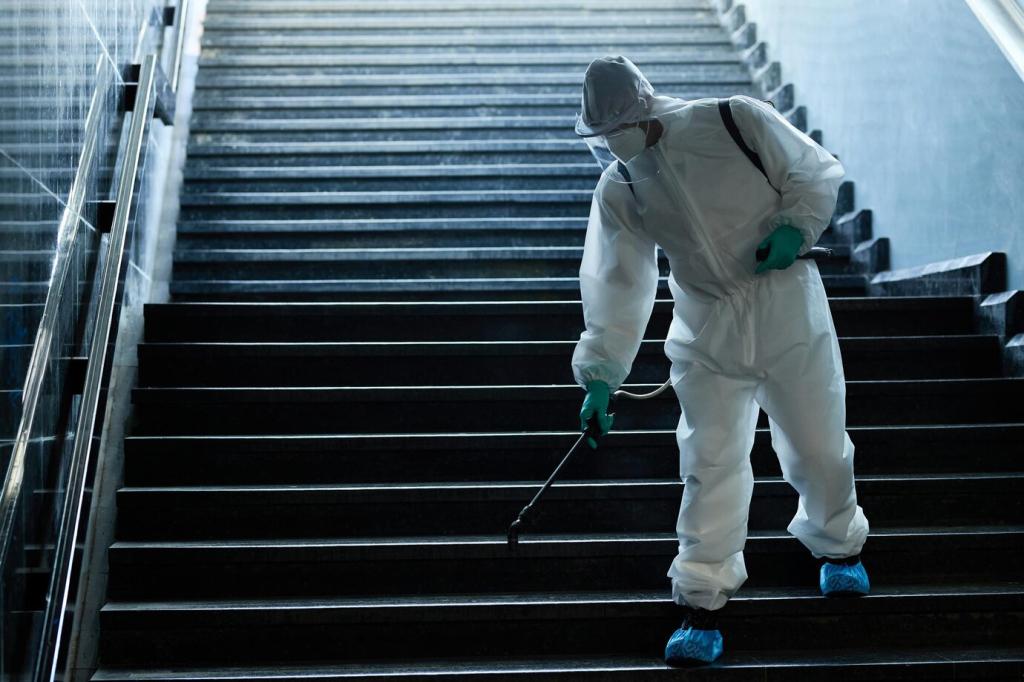
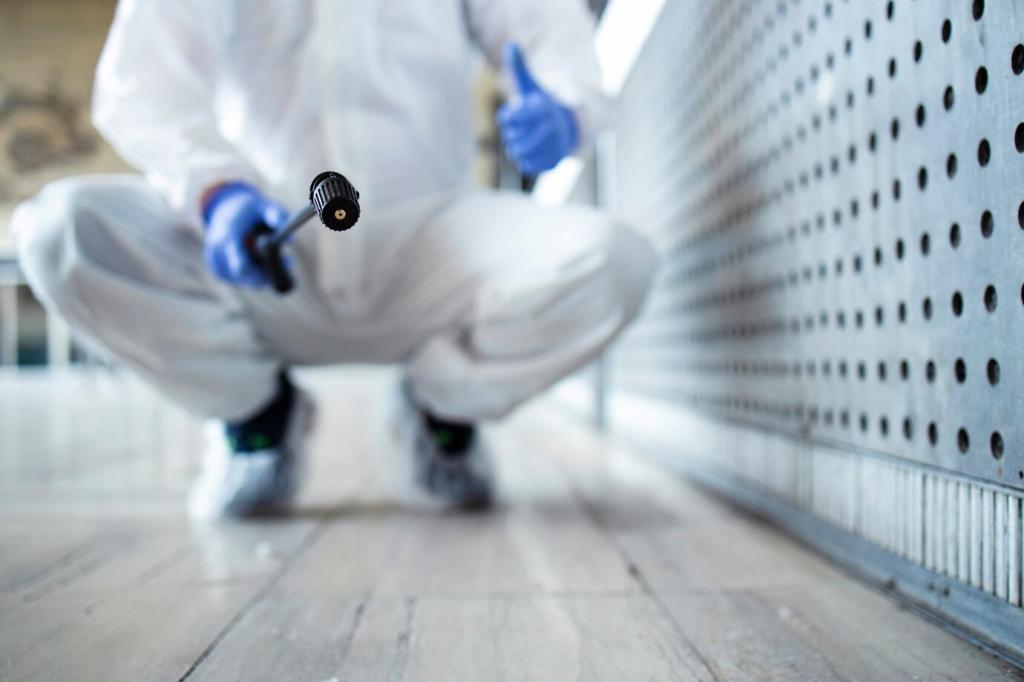
Pupae and Transformations You Rarely See
Carpet beetle larvae often pupate in concealed creases, under dust covers, or within debris pockets, then emerge as adults to seek light and mates. When inspecting sofas, carefully peel back non-structural fabric edges and look for delicate, papery casings. Replace or reseal dust covers afterward to reduce future pupation sites.
Pupae and Transformations You Rarely See
For powderpost beetles, pupation completes within the wood. Adults exit through crisp, round holes, leaving fresh frass piles beneath. New exit holes in warm months can indicate active cycles. Treating only surface dust misses hidden development, so pair treatments with monitoring to confirm whether emergence truly stops over time.
Pupae and Transformations You Rarely See
Many insecticides have limited impact on pupae, meaning a single treatment can appear successful until adults emerge later. Heat can bridge this gap, but must be applied evenly and safely. Plan staged follow-ups, log observations, and subscribe for our lifecycle calendar to time interventions with maximal, lasting effect.
Adults: Swarmers, Hitchhikers, and Re-infesters
Adults hitchhike in folds, under nail heads, and within screw holes. Be cautious with curbside or thrifted items: inspect seams, flip furniture, and use a bright flashlight. After bringing pieces inside, stage quarantine with interceptors and encasements. Share your inspection checklist with readers, and learn from theirs in return.
Adults: Swarmers, Hitchhikers, and Re-infesters
Powderpost beetle adults leave round, clean-edged holes—often one to three millimeters—plus fine, sifted frass. Warmer months can trigger emergence. If you notice fresh piles after gentle tapping, isolate the item on a clean surface to track new debris, then pursue targeted treatment that addresses wood-internal life stages.
